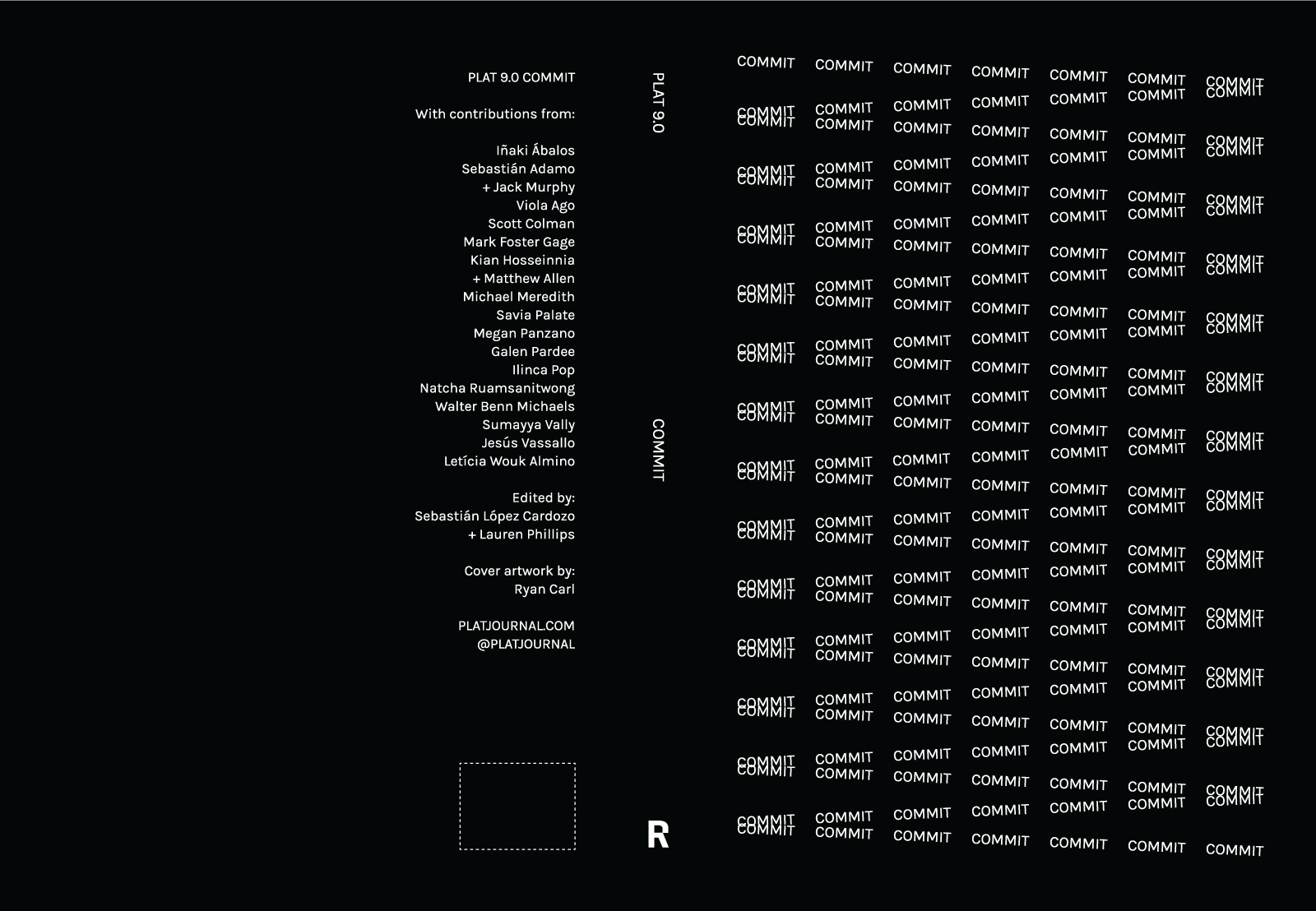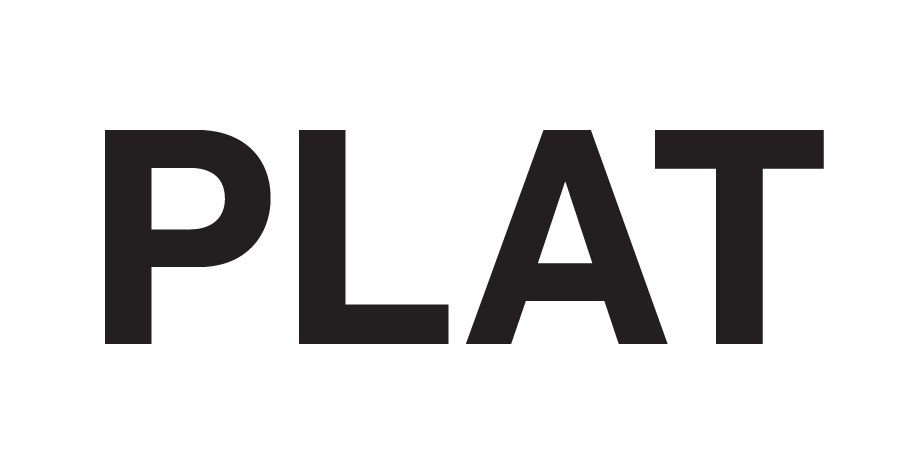9.0 Commit


9.0 Commit
What We Mean by Commit
In 1996, the new mayor of Bordeaux, France, commissioned the architecture firm of Lacaton & Vassal to renovate Place Léon Aucoc as part of a citywide beautification effort. The firm’s response upended accepted conventions of design in practice: “Embellishment has no place here. Quality, charm, life exist. The square is already beautiful.” In the end, the architects proposed to take the budget allocated for the renovation and direct it to maintenance tasks such as treating the existing lime trees and replenishing the gravel. The architects’ insistence that Place Léon Aucoc already possessed the beauty “of what is obvious, necessary, right,” and that there was therefore no “need” to intervene, is significant for several reasons.
If the architects’ stand against “embellishing” the park is based on an attitude of I would prefer not to, as Iñaki Ábalos (in this issue) suggests, we are tempted to respond, like the narrator in Melville’s “Bartleby the Scrivener”: “What do you mean?” We ask this not to question the architects’ decision per se, but rather to consider how it was made. Lacaton & Vassal’s choice springs from a clear sense of the already-existing aesthetics of the site, regardless of what others may or may not feel. Despite the monetary and career advantages to be gained in accepting the commission, their decision not to waste labor and resources springs from a double sense of commitment: first to their internal aesthetic sense (“Quality, charm, life exist”) and second to their external sense of responsibility to the community (not to squander city taxes, not to redirect money, effort, time, and attention from other social projects, not to contribute to political vanity projects). Lacaton & Vassal prefer not to, nothing more, nothing less.
Doubt can be paralyzing; yet shedding the burden of proof from one’s values (a kind of refusal of doubt) can lead to an overconfident egoism. A true commitment requires finding a middle path between these poles. It also requires finding a balance between an internal sense of right and wrong, beautiful and not beautiful, and an external sense of social responsibility. The difficulty with defining what it means to “commit” in this context is that, as a term, it lends itself to be understood less as a thing than an attitude; less as a destination (or even a direction) than a way of operating. Jesús Vassallo, in this issue, begins to suggest avenues for a possible definition: he writes that at present, “architecture resembles a group of doctors who, surrounding the body of a dying person, argue anxiously about their differences of specialty and the legitimacy of their competing approaches.” Instead, he says, we should “turn our attention toward the body of the patient.” In the act of turning toward that which demands the doctors' assistance, we find the first glimmers of what this attitude of commitment might look like for architecture and architectural discourse.
The articles that comprise this issue of PLAT operate toward, around, and against this understanding of commitment. Contributors to the issue approach the idea from a variety of perspectives, from the architectural to the literary and beyond. Topics covered include the question of architecture as building or as art, authorship and intentionality, pragmatism and economy, and the aestheticization of austerity.
The issue is organized around three clusters. The first includes Walter Benn Michaels, Scott Colman, Savia Palate, Megan Panzano, Viola Ago, and Michael Meredith. Ilinca Pop operates as a transition toward the next cluster, composed of Mark Foster Gage, Sumayya Vally, Galen Pardee, and Kian Hosseinnia with Matthew Allen. Iñaki Ábalos marks the beginning of the third and final cluster, which includes Sebastián Adamo and Jack Murphy, Natcha Ruamsanitwong, and Letícia Wouk Almino and culminates with Jesús Vassallo.
The ideas gathered in PLAT 9.0 are as diverse as the people who populate its pages. From architects to critics to educators and academics, their ideas sometimes oppose or contradict one another. Yet together, we hope that they construct a better understanding of what it might mean to commit.
Editors-in-Chief: Sebastián López Cardozo & Lauren Phillips
Graphics Director: Carolyn Francis
Managing Editor: Mai Okimoto
Development Director: Elina Chen
Lead Copy-Editor: Harish Krishnamoorthy
With contributions from Iñaki Ábalos, Sebastián Adamo & Jack Murphy, Viola Ago, John Casbarian, Scott Colman, Mark Foster Gage, Kian Hosseinnia & Matthew Allen, Michael Meredith, Walter Benn Michaels, Savia Palate, Megan Panzano, Galen Pardee, Ilinca Pop, Natcha Ruamsanitwong, Sumayya Vally, Jesús Vassallo, Letícia Wouk Almino
143 pages, published Fall 2020.
If you encounter any issues during checkout, please email us: editor@platjournal.com.
